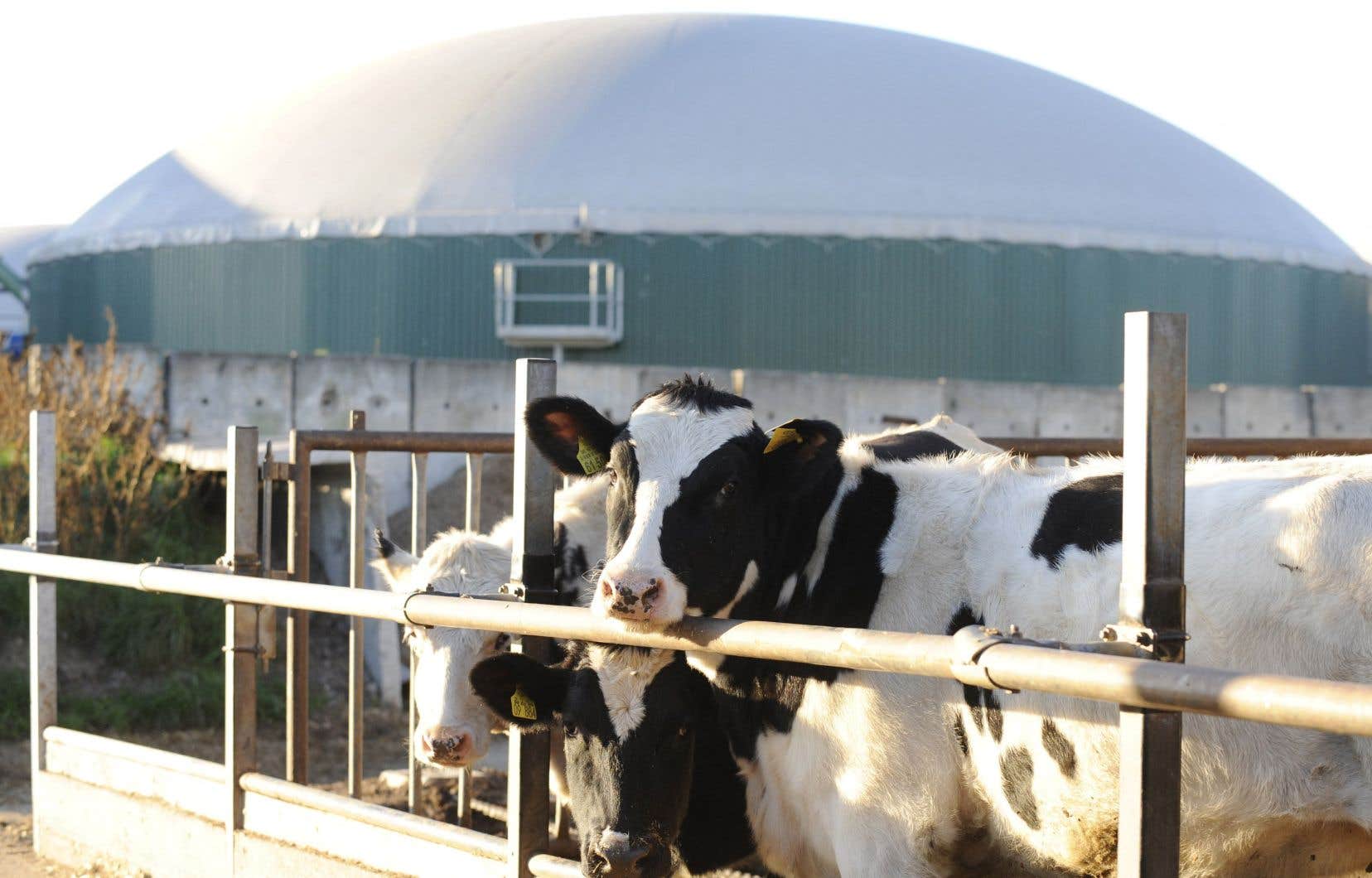Discussions around climate often focus on reducing the famous CO2. But there will also be a lot of talk about methane at COP28, because levers exist to fight this very powerful greenhouse gas.
What is methane?
Methane (CH4) is a very common gas, which exists naturally on Earth since it is the main component of natural gas.
It is also the second greenhouse gas linked to human activity after carbon dioxide (CO2). But its warming effect is 28 times greater than that of CO2 over a 100 year horizon (and 80 times over 20 years).
Methane levels in the atmosphere are now at levels more than two and a half times higher than pre-industrial times, with another sharp increase in the last year.
Methane also contributes to the production of ozone, a pollutant dangerous for humans and ecosystems.
Agriculture and energy
Around 40% of methane comes from natural sources, particularly in wetlands, but the majority (around 60%) is linked to human activity.
The primary human source is agriculture, responsible for around a quarter of emissions, coming from livestock herds (digestive fermentation of cows and sheep, and manure) and rice cultivation (bacteria develop in rice fields flooded).
Agriculture is closely followed by energy (coal, oil, gas) due to leaks on production and transport infrastructures (gas pipelines) but also deliberate releases during their maintenance.
Finally, waste produces significant quantities of methane during its decomposition.
However, the estimates are still subject to “significant uncertainties”, underlines the International Energy Agency (IEA), even if progress is currently being made, thanks in particular to the use of satellites.
What to do ?
The IEA estimates that a rapid reduction in methane emissions from the fossil fuel sector would prevent up to 0.1°C of warming by mid-century: a greater effect than immediately removing all cars and trucks off the road!
IEA Executive Director Fatih Birol emphasizes that this is “one of the best and cheapest” opportunities to reduce warming.
It would indeed be enough to repair leaks in energy infrastructure or to put an end to the frequent deliberate releases of methane during planned maintenance of gas pipelines.
“Leaks are far too high in regions where natural gas is extracted but some countries, notably Norway, have shown that it is also possible to extract and supply gas with minimum levels of leaks,” underlines William Gillett, director of the energy program of the Scientific Council of the European Academies of Sciences (Easac), interviewed by AFP.
“Such good practices must be more widely adopted,” according to him.
In agriculture, for example, it is possible to modify the diet of ruminants, such as by adding chemical compounds that inhibit CH production.4. Another more drastic option: reduce livestock numbers, as recommended by the French Court of Auditors.
For rice fields, changes in water management are the most “promising” method, according to an FAO report.
A “global commitment”
The COPs have until now remained vague on the issue but initiatives already bring together countries or companies which voluntarily adopt, in a non-binding manner, objectives to reduce their methane emissions.
A “global commitment” (“ Global methane pledge “) was launched in 2021 by the European Union (EU) and the United States, with the objective of reducing global methane emissions by 30% by 2030 compared to 2020. It now brings together some 150 countries but not China, India or Russia.
“To slow climate change, it will be essential that the most important actors who have not yet joined the global commitment do so,” emphasizes William Gillett.
Easac scientists also believe that a strengthening of “global commitment” – with the adoption of compulsory measures or the doubling of targets for reducing emissions in energy – would constitute a major success for the COP28.
The United States and China have announced that they will henceforth include methane in their climate plans, and Beijing has just developed its plan to control its emissions, albeit without a quantified objective.
It is “a decisive step forward in tackling one of the country’s main greenhouse gases, which accounts for 10% of its total emissions”, but “it will take time to assess whether the plan can have significant effects in the absence of a quantified reduction target,” judges Byford Tsang, of E3G.
Oil and gas giants have also formulated their own commitments, for example with the Oil and gas climate initiative (OGCI), which aims for zero emissions from their assets by 2030.
